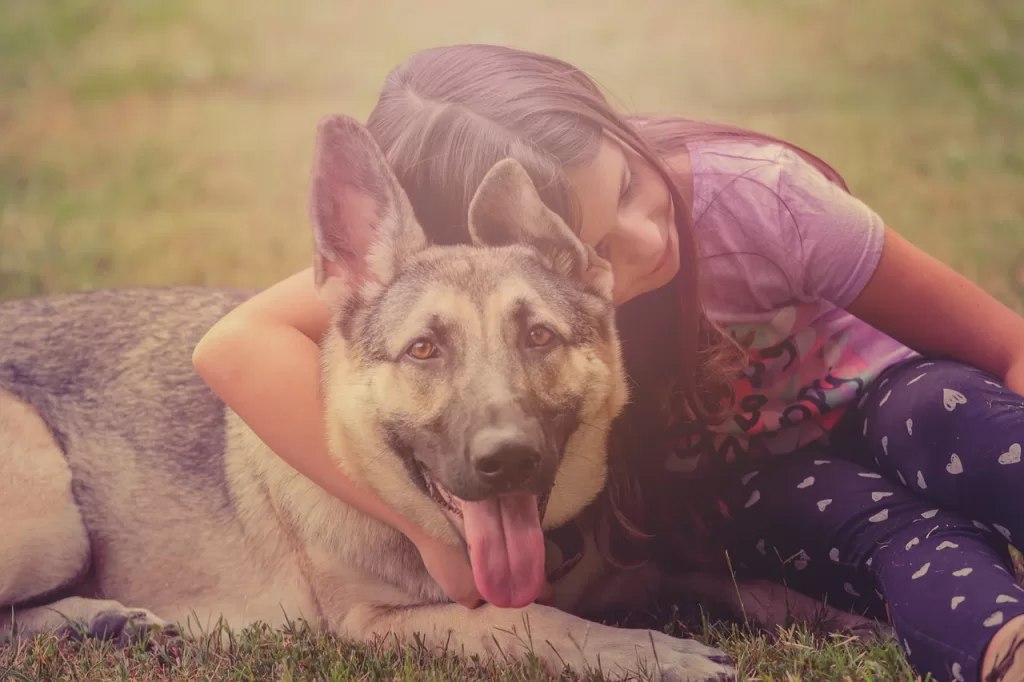The Power of Body Language: Communicating with Your Dog

Communication is a fundamental aspect of any relationship, and it’s not limited to just human interactions. Our ability to convey emotions, intentions, and desires through non-verbal cues is a skill that extends to our furry friends as well. When it comes to understanding and connecting with your dog, the power of body language cannot be overstated.
Dogs are incredibly perceptive when it comes to picking up on our body language. In fact, they often rely on it more than verbal communication. So, understanding how to use your body language effectively can lead to better communication, a stronger bond, and a happier, more well-behaved canine companion.
The Basics of Canine Body Language
Before we delve into how to communicate with your dog through body language, it’s essential to understand some basics of canine body language. Dogs express themselves primarily through their body posture, facial expressions, and tail and ear movements. Here are a few key cues to keep in mind:
Tail Wagging:
While a wagging tail is often associated with happiness, its meaning can vary. A wagging tail held high typically indicates excitement or happiness, while a lower tail could signify submission or uncertainty.
Ears:
Forward-facing ears typically indicate attentiveness or curiosity, while ears pinned back can suggest fear or submission.
Facial Expressions:
A relaxed, open mouth with a loose tongue is a sign of a content and comfortable dog. Conversely, a tense mouth with lips pulled back may indicate aggression or discomfort.
Eye Contact:
Direct eye contact can be seen as a challenge in the dog world. Maintaining eye contact with your dog can be a sign of trust, but it’s important to be mindful of their comfort level.
Posture:
A dog that stands tall and erect may be confident or assertive, while a hunched or lowered posture can indicate submission or fear.
Using Body Language to Communicate with Your Dog
Now that you have a basic understanding of canine body language, let’s explore how you can use your own body language to communicate effectively with your dog:
Positive Reinforcement:
When your dog exhibits desired behavior, use your body language to reinforce it. This can include a cheerful tone of voice, a pat on the back, or even a treat. Positive reinforcement helps your dog associate good behavior with positive outcomes.
Calm and Relaxed Energy:
Dogs are highly sensitive to their owner’s energy. When approaching your dog or interacting with them, maintain a calm and relaxed demeanor. This can help your dog feel at ease and reduce anxiety.
Clear Signals:
Be consistent in your body language cues. For example, use a specific hand signal for commands like sit, stay, or come. Dogs learn through repetition and consistency.
Respect Boundaries:
Understand when your dog wants personal space. If your dog backs away or avoids eye contact, respect their boundaries and give them some space.
Eye Contact:
Use eye contact to establish trust and connection, but don’t overdo it. Prolonged, unbroken eye contact can be intimidating for dogs. Instead, offer brief, gentle glances to convey your affection and understanding.
Read Your Dog’s Signals:
Pay close attention to your dog’s body language to gauge their emotions. If they seem anxious or uncomfortable, adjust your approach to make them feel more at ease.
Stay Patient:
Just like humans, dogs have their moods and moments. If your dog doesn’t respond to your cues immediately, be patient and persistent in your communication efforts.
Conclusion
The power of body language in communicating with your dog is undeniable. By understanding and using your body language effectively, you can strengthen your bond, improve obedience, and ensure a happy and healthy relationship with your furry friend. Remember to be patient, observant, and respectful of your dog’s individual needs, and you’ll be well on your way to becoming a proficient canine communicator.
For more details, please visit our website: www.valhallk9.com
The Power of Body Language: Communicating with Your Dog Read More »
